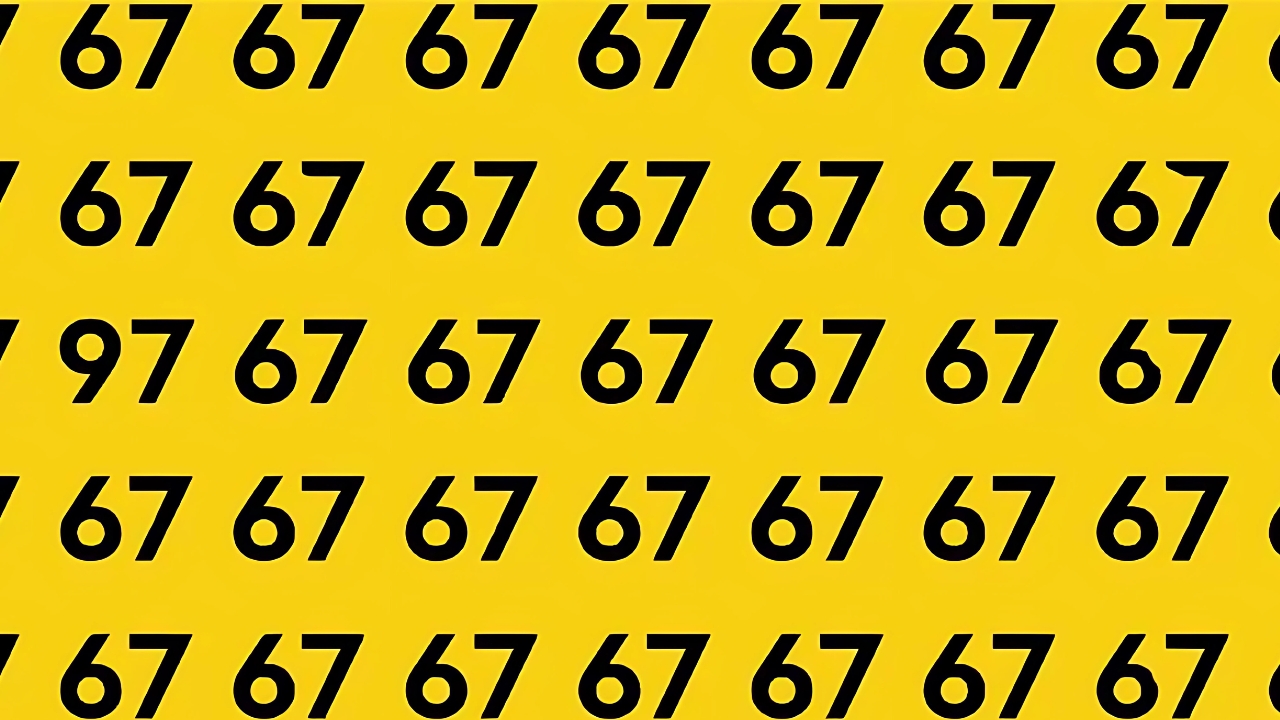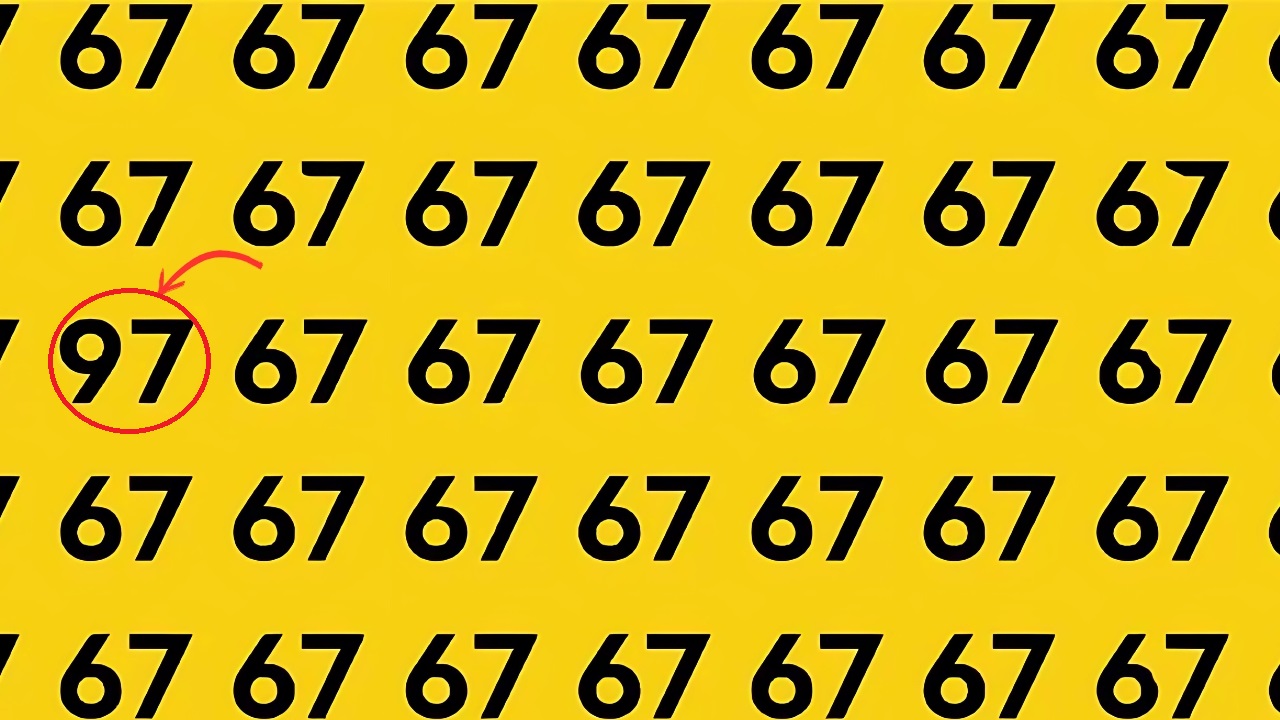Optical illusions represent one of the most captivating intersections between science and art, revealing the intricate ways our brains construct the reality we perceive.
These visual phenomena demonstrate that what we see isn’t always what’s actually there, offering profound insights into the complex machinery of human perception.
When we encounter an optical illusion, we’re witnessing our brain’s remarkable ability to process, interpret, and sometimes misinterpret visual information. This process happens so quickly and automatically that we rarely pause to consider the sophisticated neural computations occurring behind our conscious awareness.
The Foundation of Visual Perception
To understand why optical illusions work, we must first explore how normal vision operates. Your eyes don’t simply record images like a camera. Instead, they collect light information that travels through your optic nerve to various regions of your brain, where this raw data undergoes extensive processing and interpretation.
The visual cortex, located in the back of your brain, contains specialized cells that respond to specific features like edges, movement, color, and depth. These cells work together in complex networks, constantly comparing new visual information against stored memories and learned patterns. This comparison process helps your brain make sense of the world, but it also creates opportunities for misinterpretation.

Your brain prioritizes speed and efficiency over perfect accuracy. In most situations, this approach works wonderfully, allowing you to navigate your environment quickly and safely. However, optical illusions exploit these shortcuts, creating situations where your brain’s predictive processing leads to fascinating misperceptions.
Categories of Optical Illusions
Literal Illusions
Literal illusions create images that appear different from the objects that make them. These illusions often involve ambiguous figures where your brain can interpret the same visual information in multiple ways. The famous “young woman or old woman” illusion exemplifies this category, where the same lines can represent either a young lady looking away or an elderly woman in profile.
These illusions demonstrate how your brain actively constructs meaning from visual input rather than passively recording it. The switch between interpretations happens as your brain reorganizes the same visual elements into different coherent patterns.
Physiological Illusions
Physiological illusions result from excessive stimulation of specific neural pathways in your visual system. These illusions often involve brightness, color, or movement effects that occur because certain cells in your visual system become temporarily fatigued or oversensitive.
Afterimages represent classic physiological illusions. When you stare at a bright red circle for thirty seconds and then look at a white surface, you’ll see a green circle. This happens because the red-sensitive cells in your retina become temporarily exhausted, making the complementary color appear more prominent.
Cognitive Illusions
Cognitive illusions arise from unconscious inferences your brain makes about visual scenes. These illusions reveal how your prior knowledge, expectations, and assumptions influence what you perceive. They occur because your brain tries to organize visual information according to familiar patterns and rules about how the world typically works.
The famous Müller-Lyer illusion, where identical lines appear different lengths due to arrow-like endings, demonstrates how context dramatically influences perception. Your brain interprets these endings as depth cues, making one line seem closer and therefore shorter than the other.
The Psychology Behind Number Detection Puzzles
Finding specific numbers among similar-looking distractors, like locating “97” among multiple “67” entries, engages several fascinating aspects of visual processing. This type of challenge illuminates how your brain handles feature detection, pattern recognition, and selective attention.
When searching for a target number, your visual system must differentiate between subtle differences in shape while ignoring irrelevant similarities. The numbers “97” and “67” share the digit “7” and similar overall configurations, making discrimination more challenging than finding completely different symbols.
Your brain employs both parallel and serial processing strategies during these searches. Initially, your visual system processes the entire field simultaneously, looking for obvious differences that might indicate the target. When the target closely resembles distractors, your attention must systematically examine individual items, a much slower but more thorough process.
Neural Mechanisms of Visual Search
The superior colliculus and frontal eye fields coordinate your eye movements during visual search, directing your gaze toward potentially relevant locations. Meanwhile, areas in your temporal cortex work to recognize and categorize the objects you’re examining.
Attention plays a crucial role in these tasks. Your brain can enhance processing in specific spatial locations or for particular features, effectively turning up the volume on relevant information while suppressing distracting elements. This selective attention mechanism explains why you might miss obvious changes in unattended parts of your visual field.
Individual differences in visual search performance relate to variations in working memory capacity, processing speed, and the efficiency of attention control networks. People with stronger attentional control can maintain focus on target features while more effectively ignoring distractors.
The Role of Expectations in Perception
Your brain constantly generates predictions about what you’re likely to see based on context, past experience, and current goals. These predictions significantly influence perception, sometimes causing you to see things that aren’t there or miss things that are present.
In number detection tasks, knowing the target in advance helps your brain tune its feature detectors to relevant characteristics. However, strong expectations can also create blind spots, causing you to overlook targets that appear in unexpected locations or configurations.
The relationship between expectation and perception reveals perception’s active, constructive nature. Rather than simply recording objective reality, your brain creates a subjective experience based on sensory input filtered through knowledge, expectations, and current mental state.
Training and Plasticity in Visual Processing
Regular practice with visual search tasks can improve performance through several mechanisms. Your brain becomes more efficient at directing attention to relevant features while ignoring distractors. The neural pathways involved in these tasks strengthen through repeated use, following the principle that “neurons that fire together, wire together.”
Perceptual learning occurs when your brain adapts to specific visual challenges. Expert radiologists, for example, develop extraordinary abilities to detect subtle abnormalities in medical images through years of training. Their brains literally rewire to become more sensitive to medically relevant patterns.
This plasticity extends throughout life, meaning you can improve visual processing abilities at any age through appropriate practice. However, the specific skills developed often don’t transfer broadly to other domains, emphasizing the specialized nature of perceptual expertise.
Practical Applications of Illusion Research
Understanding optical illusions has practical implications beyond academic curiosity. User interface designers apply principles of visual perception to create more intuitive and effective digital interfaces. They use knowledge about attention, grouping principles, and contrast sensitivity to guide users’ eyes toward important information.
Medical professionals use insights from perception research to improve diagnostic accuracy. Understanding how radiologists’ brains process medical images helps develop better training programs and decision support systems that reduce diagnostic errors.
Transportation safety benefits from perception research through improved road sign design, vehicle lighting systems, and traffic control measures. Engineers consider human visual limitations when designing systems that must function reliably across diverse conditions and user populations.
The Evolutionary Perspective
Optical illusions also provide insights into the evolutionary pressures that shaped human vision. Many illusions occur because your visual system evolved to solve specific problems in natural environments, such as detecting predators, finding food, and navigating complex terrain.
Your brain’s tendency to perceive depth, movement, and familiar patterns reflects adaptations that helped ancestors survive in three-dimensional environments filled with both opportunities and threats. These same mechanisms sometimes lead to misperceptions in modern contexts that differ significantly from ancestral environments.
The speed and automaticity of visual processing reflect the survival value of rapid environmental assessment. In dangerous situations, making a quick decision based on incomplete information often proves more valuable than taking time to gather perfect data.
Implications for Understanding Consciousness
Optical illusions raise profound questions about the nature of conscious experience and the relationship between objective reality and subjective perception. They demonstrate that consciousness involves active construction rather than passive reception of sensory information.
The fact that you can switch between different interpretations of the same visual stimulus suggests that consciousness involves competing neural processes rather than a single, unified representation. This multiplicity challenges simple notions of a central observer experiencing objective reality.
Optical Illusions Answer

These insights contribute to ongoing debates about the nature of consciousness, free will, and the relationship between mind and brain. They suggest that subjective experience emerges from complex interactions between sensory input, memory, attention, and expectation rather than direct access to external reality.
Embracing the Wonder of Perception
Optical illusions remind us that perception is neither simple nor straightforward. They reveal the remarkable sophistication of neural processes that we typically take for granted while highlighting the constructed nature of conscious experience.
Understanding these phenomena enhances appreciation for the complexity of everyday tasks like reading, driving, or recognizing faces. It also provides practical insights for improving performance in visually demanding activities and designing more effective visual communication.
Perhaps most importantly, optical illusions cultivate intellectual humility by demonstrating that our perceptions, however compelling, represent interpretations rather than direct access to reality. This understanding can promote more thoughtful approaches to knowledge, decision-making, and understanding others’ perspectives.
The next time you encounter an optical illusion, take a moment to appreciate the incredible neural machinery working behind the scenes. Your brain is performing computations of remarkable sophistication, creating the rich, coherent visual experience that guides your daily life. These illusions offer windows into processes that are normally invisible, revealing the artistry inherent in the science of perception.

